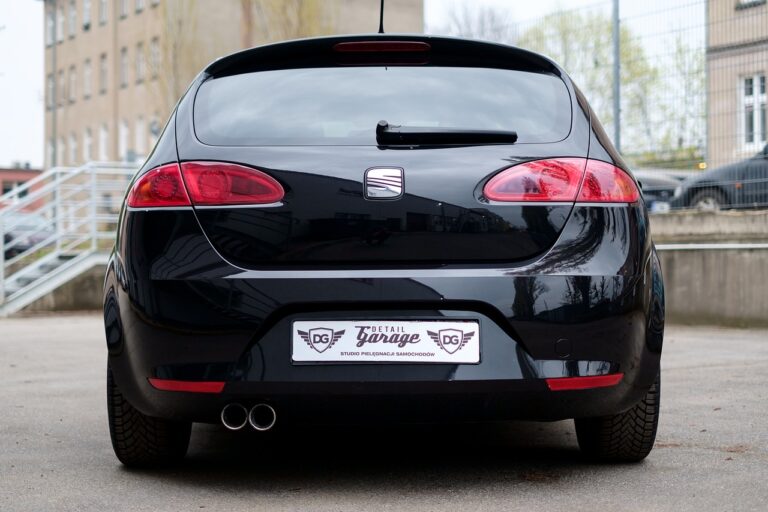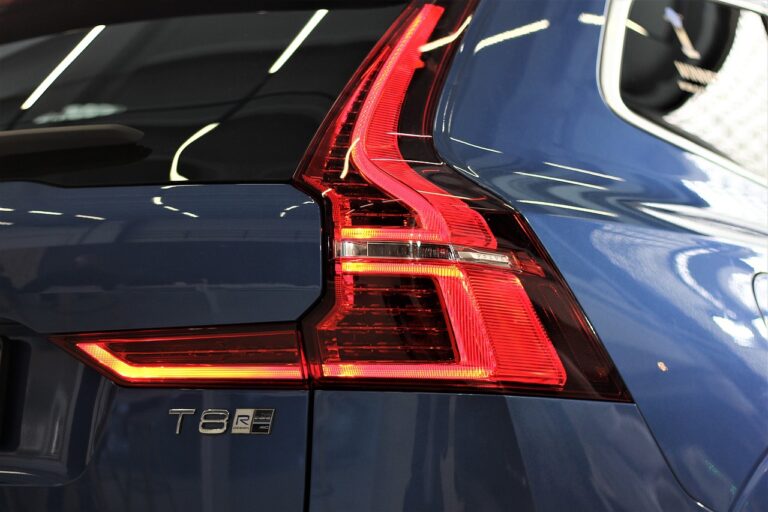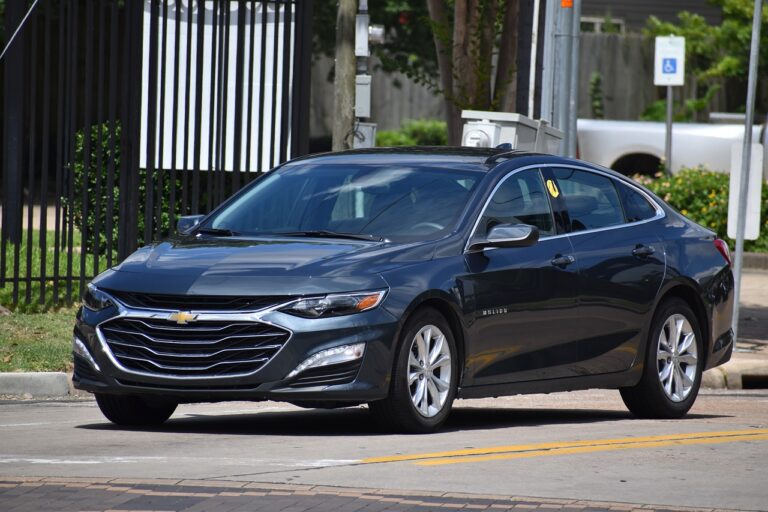The Influence of Futurism in Concept Car Design and Innovation
Futurism in concept car design embodies forward-thinking ideas that push the boundaries of innovation and technology. One key element is the use of futuristic materials such as carbon fiber, titanium, and even graphene. These materials not only make the cars lightweight and agile but also enhance their overall aesthetic appeal.
Another crucial element is the incorporation of advanced technology, including artificial intelligence, augmented reality displays, and autonomous driving features. These technological advancements not only improve the functionality of concept cars but also offer a glimpse into the future of transportation. By seamlessly integrating technology with design, futurism in concept car design truly reflects the cutting-edge developments shaping the automotive industry.
The Origins of Futurism in Automotive Industry
One of the earliest indications of futurism in the automotive industry can be traced back to the 1930s, when car manufacturers began experimenting with streamlined designs that were futuristic for their time. Car designers started incorporating aerodynamic elements into their creations, aiming to capture a sense of movement and speed in the visual aesthetics of the vehicles.
As the world entered the post-World War II era, the automotive industry experienced a significant shift in design philosophy. Futurism became a prominent theme in car design as manufacturers sought to embody a sense of progress and technological innovation in their vehicles. This period marked the rise of concept cars that showcased bold and avant-garde design elements, embodying a vision of what the future of automotive transportation could look like.
What are some key elements of futurism in concept car design?
Some key elements of futurism in concept car design include sleek and aerodynamic shapes, innovative technologies, futuristic materials, and cutting-edge features.
When did the origins of futurism in the automotive industry begin?
The origins of futurism in the automotive industry can be traced back to the early 20th century, with the rise of avant-garde movements like Futurism in Europe.
How has futurism influenced the design and development of cars today?
Futurism has influenced the design and development of cars today by inspiring designers to think creatively and push the boundaries of what is possible in terms of aesthetics, technology, and performance.
Are there any specific examples of concept cars that embody futurism in the automotive industry?
Yes, there are many concept cars that embody futurism in the automotive industry, such as the BMW Vision Next 100, the Mercedes-Benz F 015 Luxury in Motion, and the Tesla Cybertruck.
What are some ways in which futurism is shaping the future of the automotive industry?
Futurism is shaping the future of the automotive industry by driving innovation, sustainability, and the integration of advanced technologies like artificial intelligence, autonomous driving, and electric powertrains.





